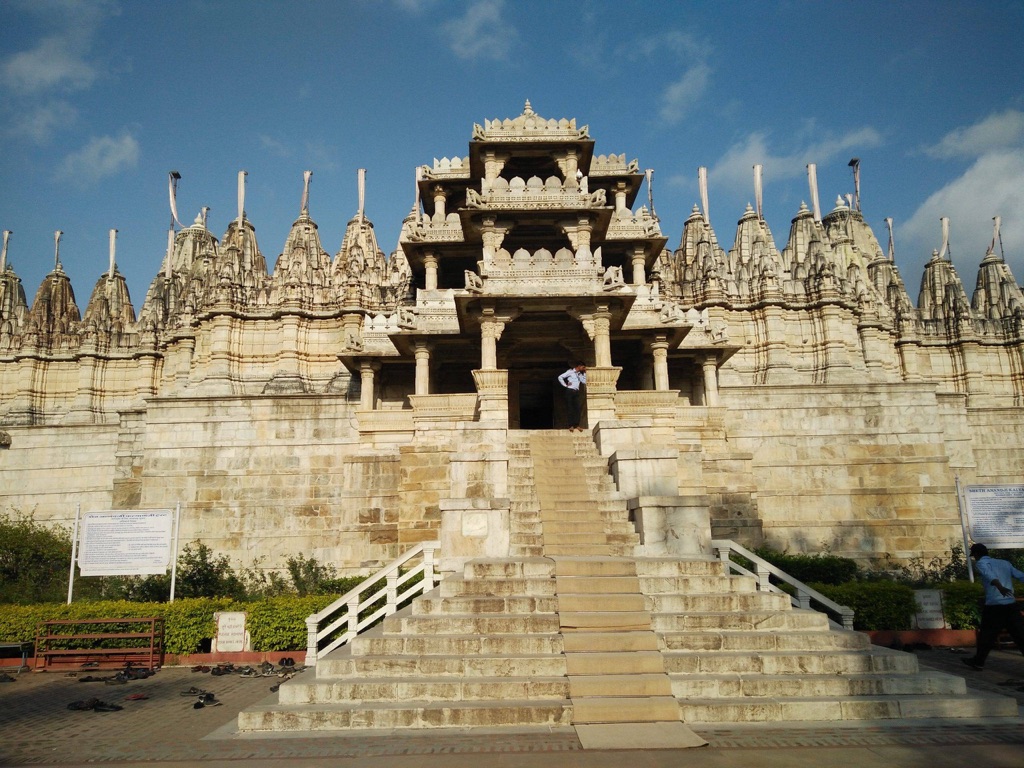Nestled in the serene valley of the Aravalli Range, the Ranakpur Jain Temple is a testament to India’s rich cultural tapestry. This architectural marvel, dedicated to Tirthankara Adinatha, is one of the largest and most important Jain temple complexes in the world. Built in the 15th century, it stands as an exquisite example of Jain devotional architecture. With its intricate stone carvings and ethereal ambience, the temple attracts visitors and pilgrims from across the globe, seeking both spiritual solace and a glimpse into India’s profound historical heritage.
Religious Structures
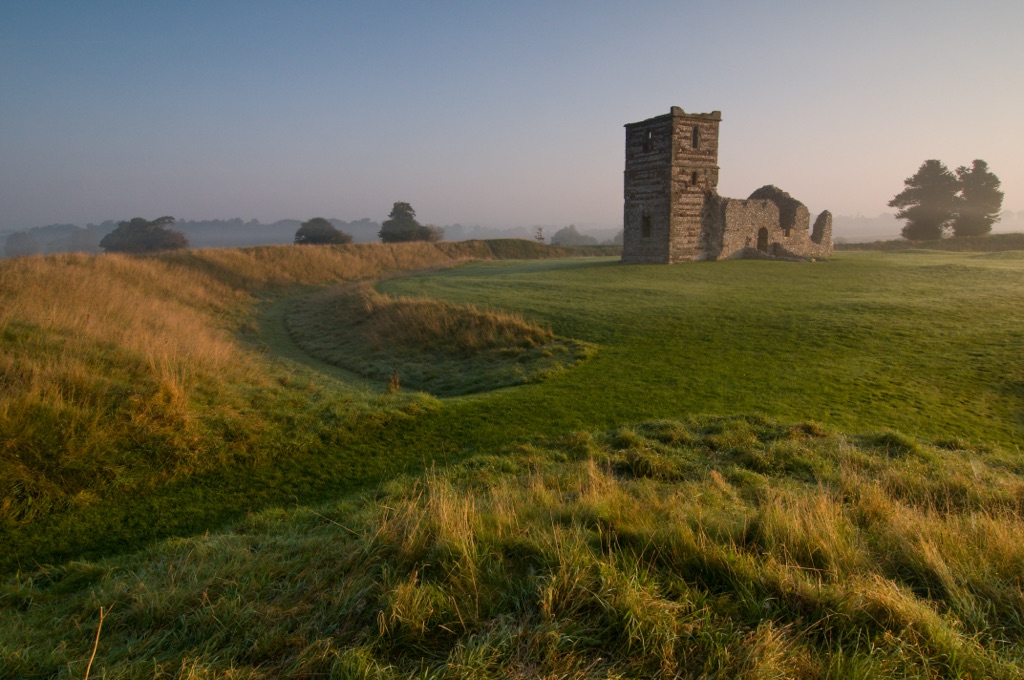
Knowlton Church and Earthworks
Nestled in the lush Dorset countryside lies Knowlton Church and Earthworks, a site steeped in history and mystery. This ancient place comprises the ruins of a Norman church at the center of a Neolithic henge, creating a unique blend of Christian and pagan landscapes. The earthworks, which are older than the church, hint at the…
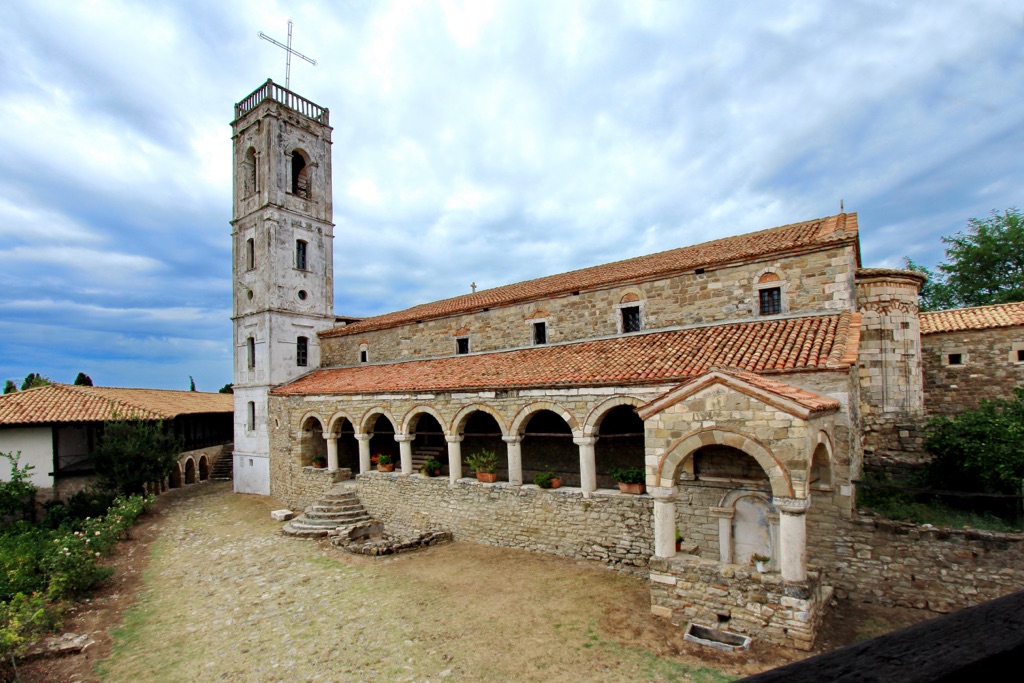
Ardenica Monastery
Nestled in the serene hills of Albania, the Ardenica Monastery stands as a testament to the country’s rich religious and cultural history. This Orthodox monastery, dedicated to Saint Mary, has been a beacon of faith and artistry since its establishment. It boasts a storied past, intricate frescoes, and an architecture that whispers tales of bygone…
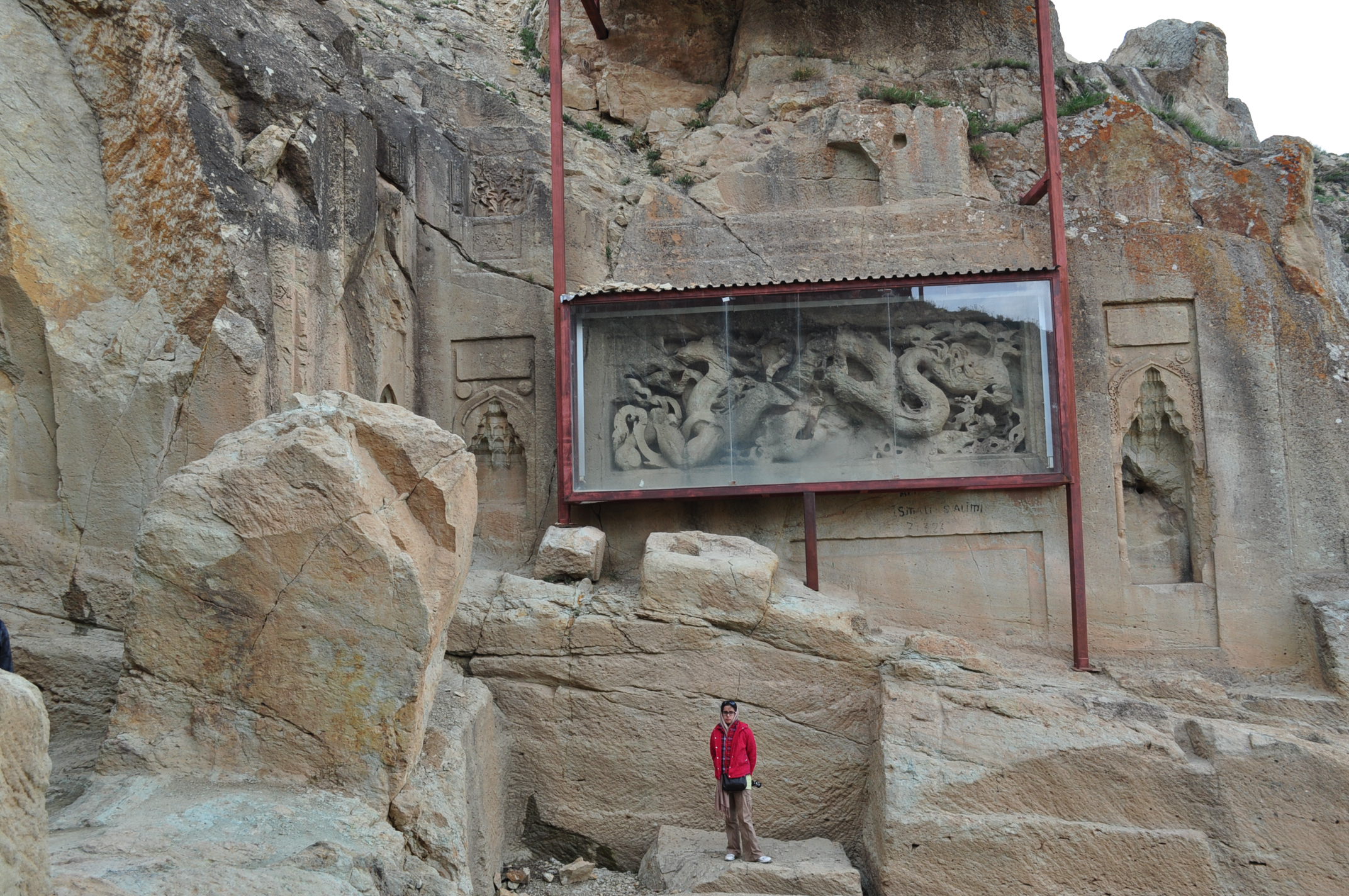
Dashkasan Dragon Temple
The Dashkasan Dragon Temple, also known as the Dashkasan Temple, is a historical site located in the Republic of Azerbaijan. This ancient temple is carved into a massive rock formation and is renowned for its intricate dragon relief, which has given the temple its name. The temple is a testament to the region’s rich cultural…
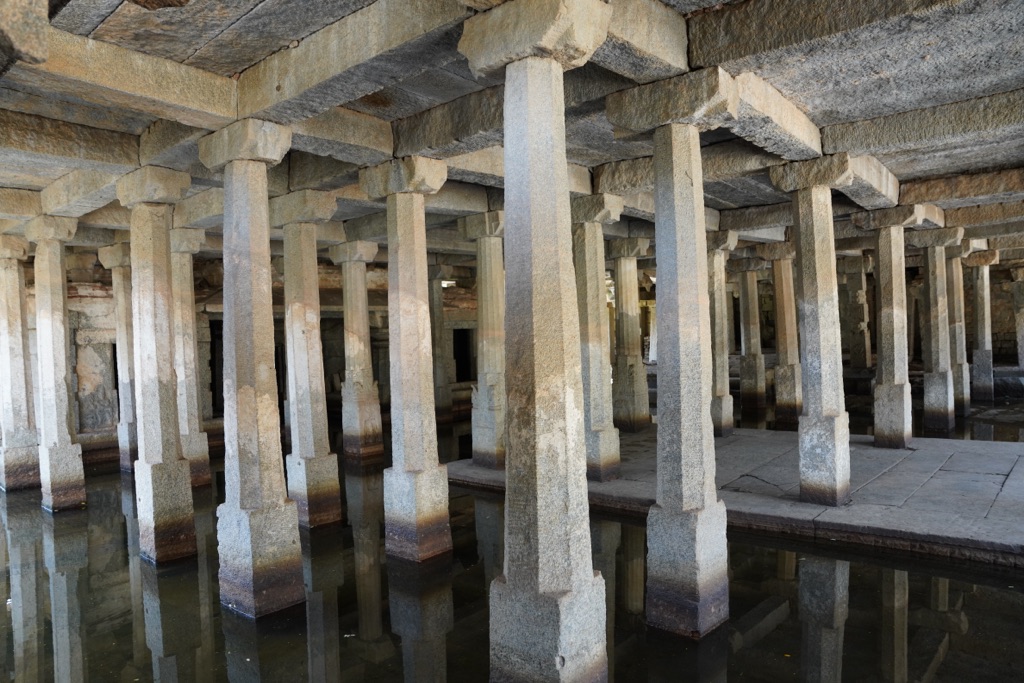
Prasanna Virupaksha Temple (Underground Shiva Temple)
The Prasanna Virupaksha Temple, also known as the Underground Shiva Temple, is a remarkable historical site located in Hampi, Karnataka, India. It dates back to the 14th century, during the reign of the Vijayanagara Empire. The temple is dedicated to Lord Shiva and is known for its subterranean architecture, which keeps it partially submerged under…
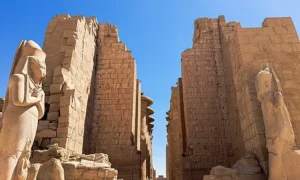
Karnak Temple Complex
The Karnak Temple Complex, situated near Luxor, Egypt, represents one of the most astonishing architectural achievements of ancient Egypt. Its construction spanned from the Middle Kingdom, specifically during the reign of Senusret I (1971–1926 BC), through to the Ptolemaic Kingdom (305–30 BC). However, the majority of the existing structures were erected in the New Kingdom period. The site, originally known as Ipet-isut, meaning “The Most Select of Places,” served as the primary worship location for the Theban Triad, with the god Amun at its helm. Recognized for its monumental significance, Karnak, along with the rest of Thebes, was designated a UNESCO World Heritage Site in 1979.

